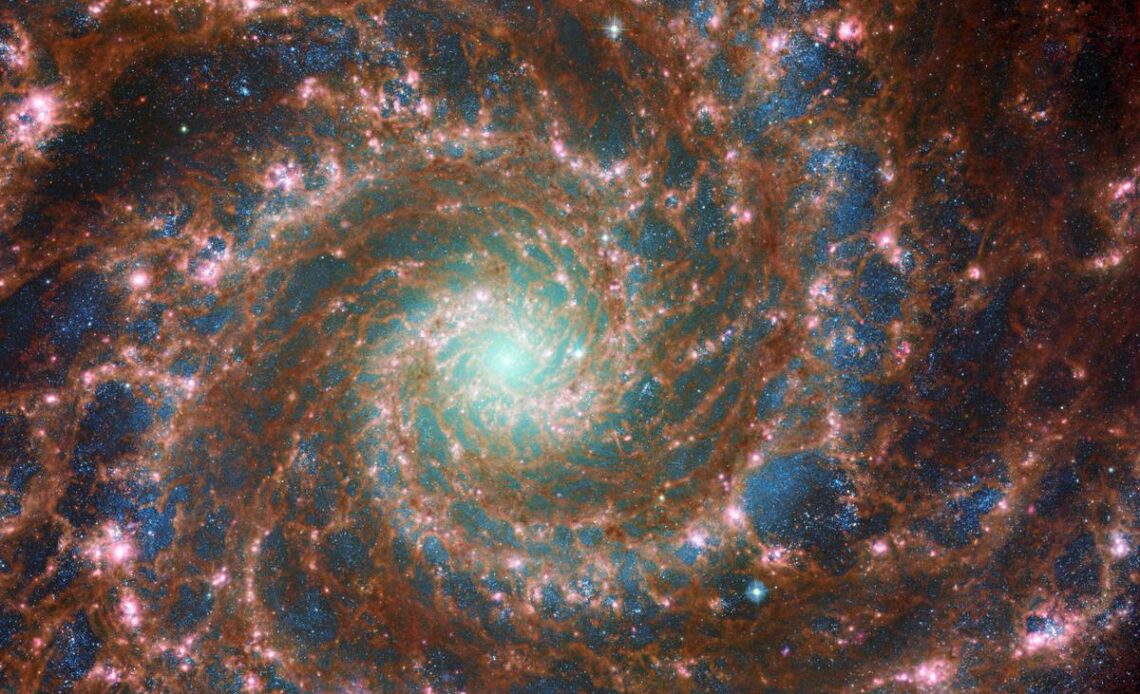
Jupiter’s size planets can be struck by their home planet system by large-scale young stars in the brave ‘theft’ theft. These findings can explain the existence of large gas giant exoplanet-or “super-jovian planets”-around big stars, hot, young, which have become a mystery until now. The two newly discovered B-Star Exoplanet Study (Beast) planets are planets like Jupiter who orbit their big stars at a very much distance, hundreds of times the separation between the earth and the sun.
“The Beast Planets are a new addition to a myriad of exoplanet systems, which display extraordinary diversity, from the planet system around the stars like the sun which is very different from our solar system, to planets that orbiting stars evolved or dead,” Richard Parker, An astrophysics at the University of Sheffield in England and fellow writers in a new study, said in a statement. The formation of ‘beasties’ has a problem because large stars detonate ultraviolet radiation in extraordinary quantities. Scientists think that this radiation must prevent the planets that grow around them reaching the size of Jupiter, the biggest planet in our solar system.
“While the planets can form around large stars, it is difficult to imagine giant gas planets such as Jupiter and Saturn can form in such hostile environments, where radiation from stars can evaporate the planets before they are fully formed,” added Parker. This new research argues that this large wild animal is not formed in their current system, but instead it is struck by around small stars in the nurseries of stars, an area where the rate of star formation is very high. A pair of scientists behind the work reached this conclusion by simulating the conditions in the nurseries of the stars, which showed that the planets captured from these areas could settle into orbit similar to observed wild animals.
Previous duo research has shown that large stars in the nurseries of stars can ensnare planets from other stars or free floating planets that do not orbit stars. But this research clarified the world that was struck could be a ‘beast’. “Basically, this is the theft of Planet,” Emma Daffern-Powell, an astronomer also at the University of Sheffield, said in the same statement. “We know that big stars have a greater influence in this nursery than stars like the sun, and we find that these big stars can capture or steal the planet-which we call ‘Beasties.'” Daffern-Powell explained that the team’s computer simulation showed that theft or capture of wild animals occurred once on average in the first 10 million years of evolution of stars.
“Our results give further confidence in the idea that the planets in orbit are more than 100 times the distance from the earth to the sun may not orbit their parents’ stars,” Parker concluded. Team research is part of a broader astronomy program aimed at finding how general arrangements such as the solar system in all thousands of planet systems found in our galaxy, the Milky Way. This duo research was published Wednesday (7 September) in the monthly journal of the royal astronomy notification.


